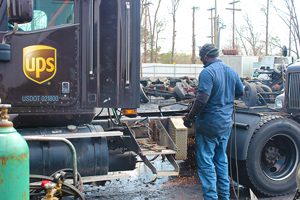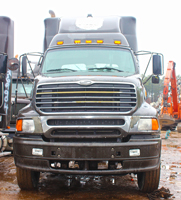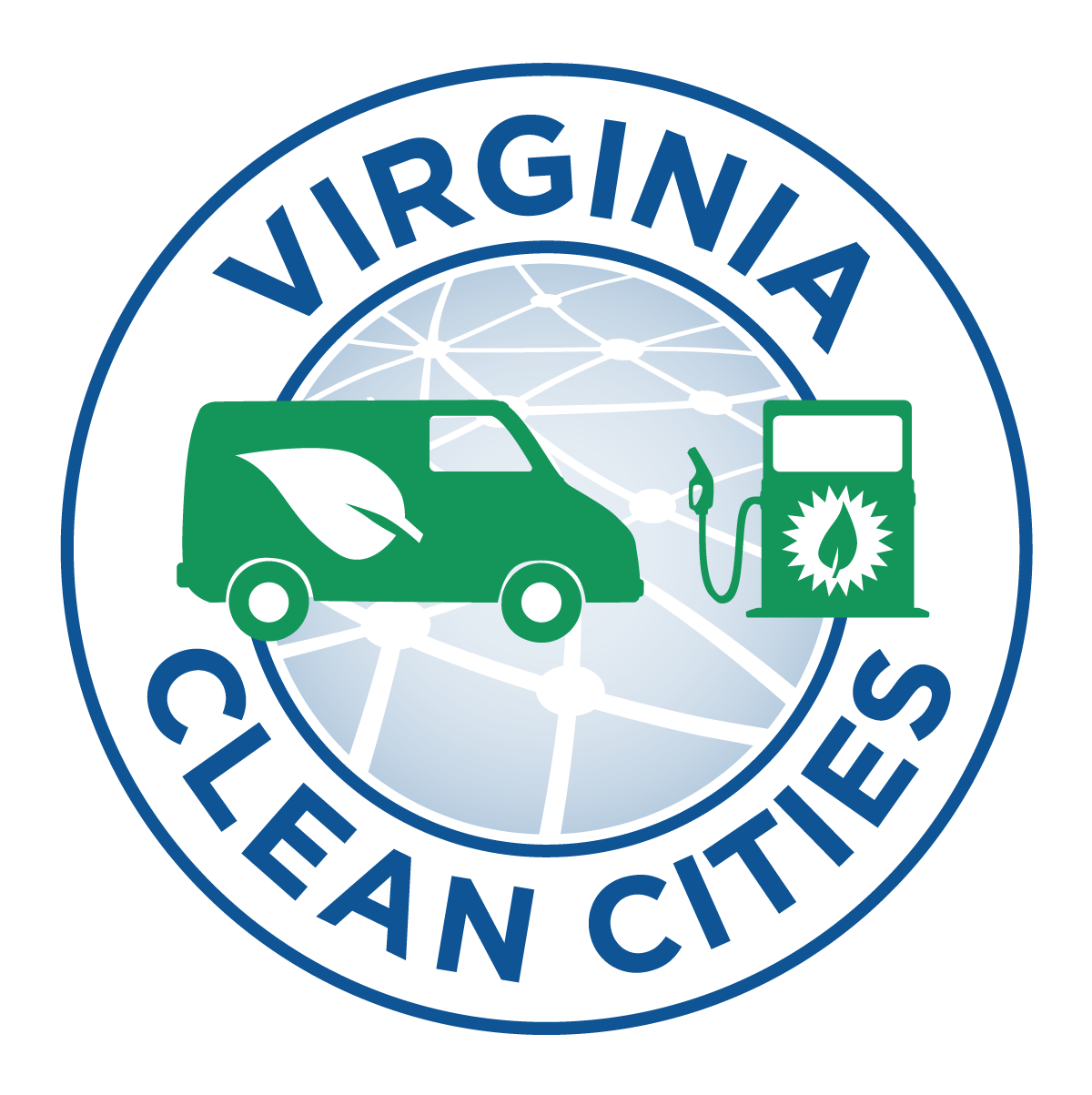The Mid-Atlantic Nitrogen Oxide Reduction (MANOR) project will impact fleet vehicles that traverse major interstates linking along some of the nation’s most heavily traveled goods-movement truck routes; and operate within cities in the Region 3 states of Pennsylvania, Virginia, West Virginia, Delaware and Maryland. It is anticipated that this project will save over 468,423 gallons of diesel fuel per year and reduce existing emissions by approximately 35%. This project will be focused on 69 diesel engines within EPA Region 3, with an anticipated improvement in regional and national air quality and increased public-health benefits.
Project goals: Replace seventy-nine pre-2009 class 8 diesel tractors with a mix of CNG and Clean Diesel
- Partner – UPS
- Timeline – October 2019 to September 2021
- EPA Award – $2,037,316
 .
. 
| Anticipated Milestones/Timeline | ||
| Activity | Timeline | Responsible Party |
| Cooperative agreement received | October 2019 | VCC |
| Selection of vendor(s) – select/secure agreement | November 2019 | VCC/UPS |
| Schedule any needed meetings with stakeholders and vendor(s) | As needed | VCC/UPS/Vendor |
| Meet with equipment vendor(s) | January 2020 | VCC/UPS |
| Order / Purchase diesel-emission reduction solution | February 2020 | VCC |
| Application of diesel-emission reduction solution | June 2020-June 2021 | UPS/Vendor |
| Public workshops and events | As needed | VCC & EP-ACT |
| Quarterly progress reports | Quarterly | VCC |
| Final technical report (anticipated) | July 2021 | VCC |
| Priority County and Area | |||||||
| Fleet Name | State | Priority County and % Time | 2008 Ozone | 2012 PM2.5 | 2006 PM2.5 | 1969 PM2.5 | NATA PN |
| UPS | PA | Montgomery (75%) | X | X | X | X | |
| Philadelphia (75%) | X | X | X | X | |||
| Chester (75%) | X | X | X | ||||
| Westmoreland (75%) | X | X | X | X | |||
| VA | Roanoke (75%) | X | |||||
| WV | Kanawha (75%) | X | X | X | |||
| DE | New Castle | X | X | X | X | ||
| MD | Baltimore (75%) | X | X | X | |||
| Washington (75&) | X | X | |||||
| Prince George’s (75%) | X | X | X | ||||
| Annual Results (short tons) | NOx | PM2.5 | HC | CO | CO2 | Fuel |
| Baseline for Upgraded Vehicles | 54.772 | 0.298 | 1.049 | 4.510 | 15,418.9 | 1,370,571 |
| Amount Reduced After Upgrades | 46.392 | 0.128 | 0.486 | 2.106 | 5,269.8 | 468,423 |
| Percent Reduced After Upgrades | 84.7% | 42.9% | 46.3% | 46.7% | 34.2% | 34.2% |
| Lifetime Results (short tons) | ||||||
| Baseline for Upgraded Vehicles | 431.94 | 2.35 | 8.27 | 35.57 | 12,.594.8 | 10,808,427 |
| Amount Reduced After Upgrades | 365.85 | 1.01 | 3.83 | 16.61 | 40,401.5 | 3,591,243 |
| Percent Reduced After Upgrades | 84.7% | 42.9% | 46.3% | 46.7% | 33.2% | 33.2% |
| Lifetime Cost-Effectiveness ($/short ton reduced) | ||||||
| Capital Cost Effectiveness (unit & labor costs only) | $29,545 | $10,736,700 | $2,821,925 | $650,760 | $268 | |
| Total Cost Effectiveness (includes all project costs) | $35,882 | $13,039,801 | $3,427,249 | $790,352 | $325 | |
